Just a few weeks ago, as I was wandering around the labyrinth that is Bargain Hunters Antique and Flea Market Mall in Knoxville, Tennessee, I came across this box set in the corner of a booth full of old encyclopedias and dishes. For myself and many people my age, I think Bill Murray’s parody of Jacques Cousteau in The Life Aquatic with Steve Zissou (2004) was our first introduction to the absolutely wild life and legacy of the French oceanographer. From the accent to the distinct woolly red cap that he and the whole family wore regularly, he’s just as iconic as he is eccentric.
Thankfully, this box set didn’t cost me much. I picked up a few other tapes along with this, including a three-pack Robbie Coltrane movie set and a tape on how to photograph food, circa the late 80s (the latter of which you will see very soon on the blog!).
Something I did not notice when I was first inspecting the set, as I took each tape out individually, was that against the back panel there was a little surprise: a copy of the official Save the Planet software for IBM PC Compatibles on 5¼-inch floppy disk.
The bad news is that I don’t have a computer quite this old with the proper hardware to run it, but the good news is that it has already been properly archived and is easily accessible on Archive.org! You can even emulate it right inside your browser!
So with all that out of the way, please enjoy six full 48 minute long episodes of Jacques Cousteau’s Rediscovery Of The World from 1986!
Jacques Cousteau’s Rediscovery Of The World
Bearing Sea: Twilight Of The Alaskan Hunter
Jean-Michel Cousteau and his team aboard the windship Alycone sail into the Arctic Circle in Alaska. They explore an island with the largest gathering of Pacific walruses in the North, and assist in a polar bear tagging program. In this forbidding, frozen land, each day is a struggle for survival for every animal--including man. While families of huge grizzly bears fish for salmon in the frigid rivers, the native Eskimos continue to hunt fur seals, walruses, and bowhead whales, just as they always have. Now, the government restricts native hunting, which protects wildlife but threatens the age- old culture and sacred rituals of the Eskimo people.
Jacques Cousteau’s Rediscovery Of The World
Borneo: Forests Without Land
Borneo is the world's third largest island and one of the planet's least explored places. Anchoring the Calypso off shore, Cousteau and his crew penetrate a tropical forest growing in tidal shallows on this island. From there they scale Mt. Kinabalu, a botanical paradise rich in exotic plants, including nature's largest flower. In the immense Madai caves, natives risk their lives on narrow bamboo scaffolding to reach the cave ceiling where they harvest ingredients for bird's nest soup. Among the most extraordinary cultures encountered in this exotic land are the sea's last nomads. Like much of Borneo, their existence is posed between traditional struggles with nature and challenges of the modern world.
Jacques Cousteau’s Rediscovery Of The World
Haiti: Waters Of Sorrow
To document the many environmental changes wrought by time and man, Jacques Cousteau and son, Jean-Michel embark on a monumental voyage around the globe! First stop is the island of Haiti in the Caribbean. Diving in the island's coastal waters, the Cousteaus find enormous sponges, but virtually no commercial fish. On land, they film voodoo ceremonies performed by Haitians seeking good fortune for themselves and their families. Once a tropical paradise, Haiti is now an impoverished land ravaged by overpopulation and uncontrolled destruction of its forests. The Cousteaus lament the island's ecological nightmare, while admiring the Haitians' remarkable spirit.
Jacques Cousteau’s Rediscovery Of The World
Riders Of The Wind
For decades Jacques Cousteau has revealed the many wonders that live within the sea, and in the documentary he shows us a new way to journey across it. Using state-of-the-art technology, Cousteau and his co-inventors have created a new kind of sailing ship-with a Turbosail! It is not made of canvas, but is a tall, computer-controlled cylinder of metal that is up to six times as efficient as a conventional sail. Cousteau takes his new windship on a daring trans-Atlantic voyage, from Tangier to New York, but loses the sail two days from his destination. Undaunted, Cousteau builds a second ship, the Alcyone, with two Turbosails and more sophisticated controls. Again he challenges the Atlantic and this time sails victoriously into New York harbor, ushering in a new era of fuel-saving, high-tech sailing.
Jacques Cousteau’s Rediscovery Of The World
Thailand: Convicts Of The Sea
In his continuing "rediscovery of the world," Jacques Cousteau and the crew of the Calypso sail into the exotic ports of the Gulf of Siam. On this fascinating expedition Cousteau seeks to learn how the people of Thailand, struggling for survival in an increasingly industrialized country, are affecting their precious marine resources. Taking his cameras to the sea floor, Cousteau observes the poor Thai fishermen who, like convicts of the sea, are sentenced to scrape out a meager living netting the few remaining market fish. But this is also a place of rare beauty. Cousteau dives into breathtaking turquoise waters to explore an uncharted coral reef where graceful jellyfish, huge leopard sharks, deadly stingrays, and amazing squid abound. Amid them, Cousteau feels hope for the sea's future.
Jacques Cousteau’s Rediscovery Of The World
Western Australia: Out West Down Under
Step aboard Jacques Cousteau's revolutionary new windship, Alcyone, for a sensational voyage to the waters off Western Australia. Jean-Michel Cousteau cautiously steers the Alcyone into the center of Ashmore Reef where he embarks on a breathtaking underwater excursion. In this stunning, color- ful world, largely untouched by development, mammoth grouper fish still thrive. Western Australia is also home for the elephantine dugong, venomous sea snakes, playful dolphins, and the much sought-after rock lobster. The Australians fish for lobster and pearl oysters here, but their methods strive for good sea management, ecological balance, and planning for the future.
Well, that’s it for this week! I hope you enjoyed the tapes! If you’re looking for more, please check out my page on Archive.org for the full list of digitized media. If you have any questions, feel free to send me a message right here or drop a comment below. If you haven’t already, please check out this three part adventure on the high seas or any of my other previous posts here. Thanks so much for checking out this week’s edition of Diptych!
See you soon!
—Forrest





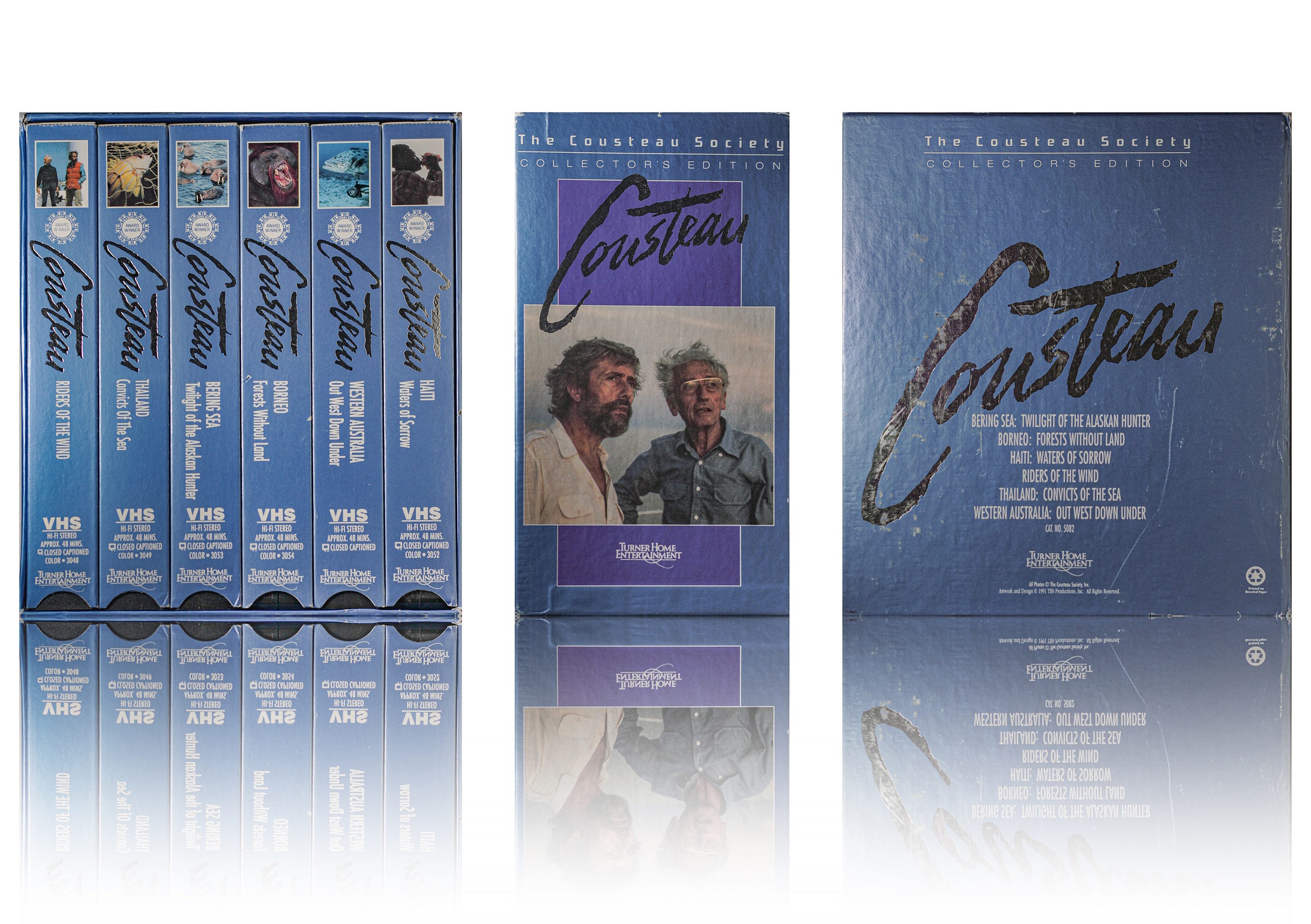
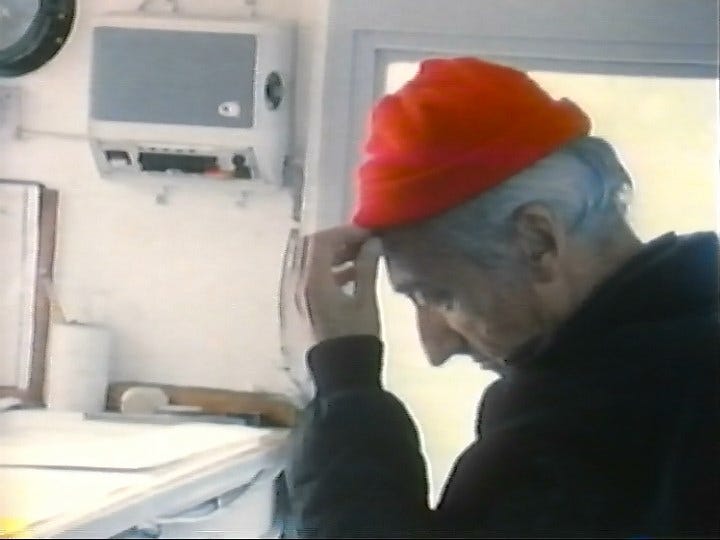



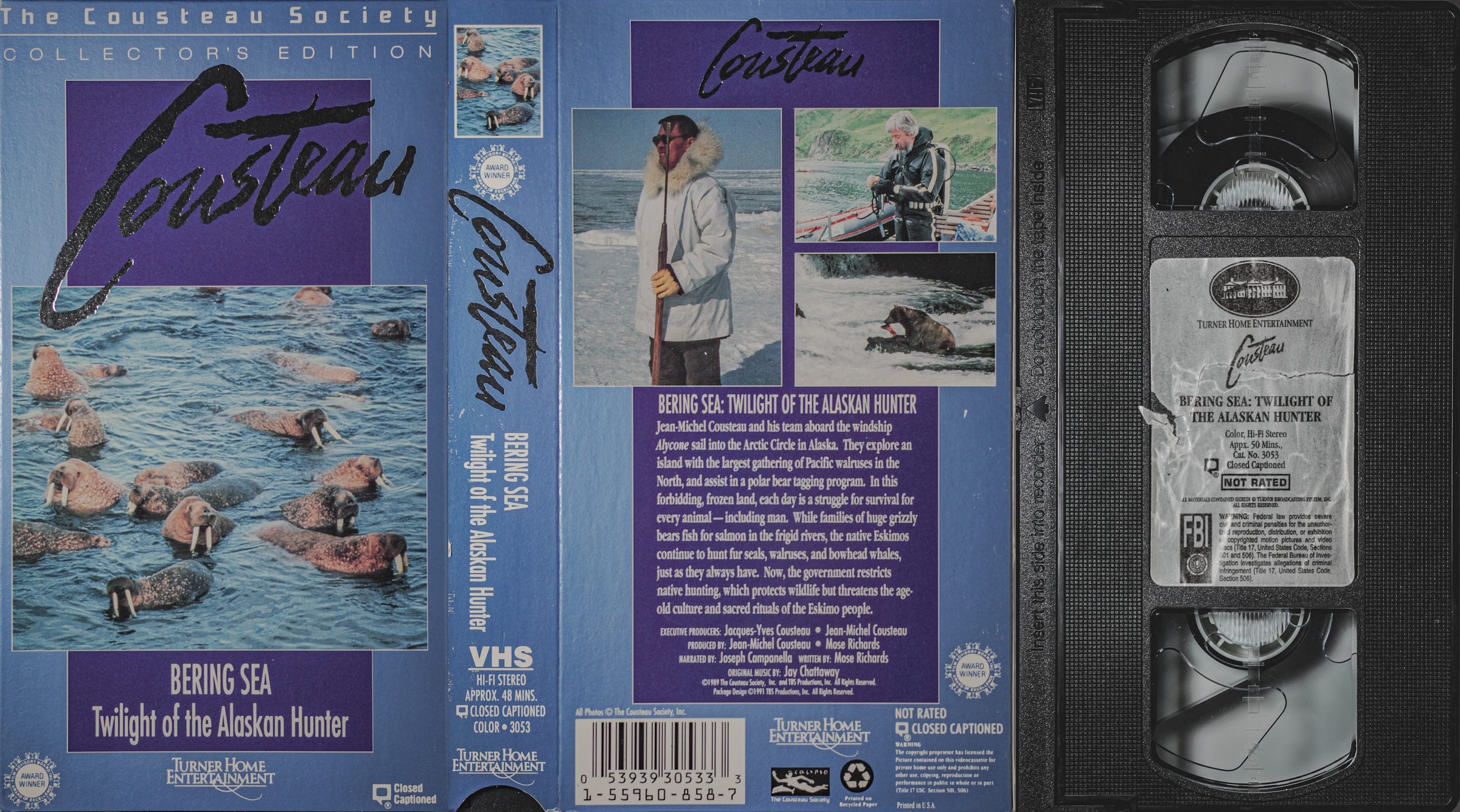

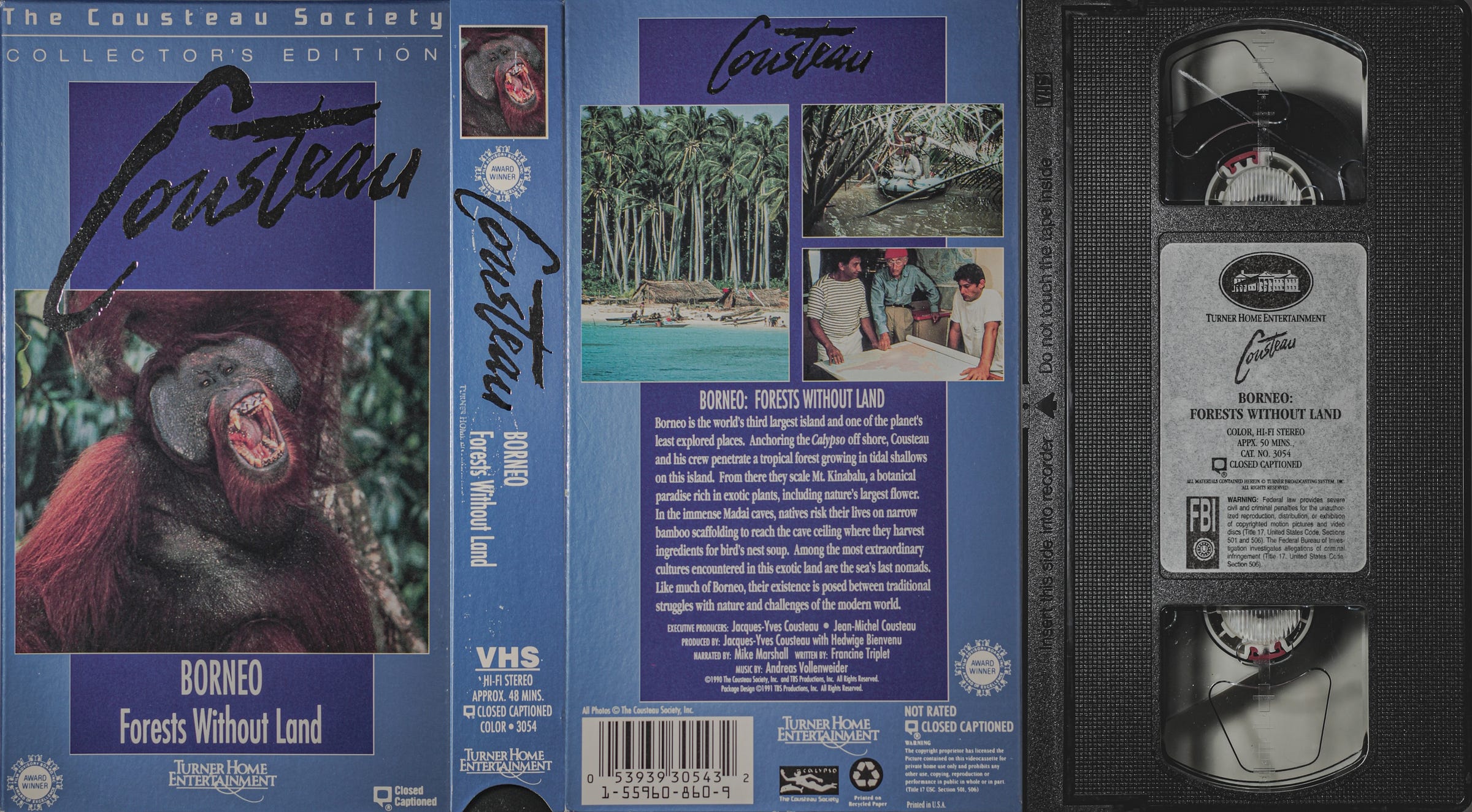

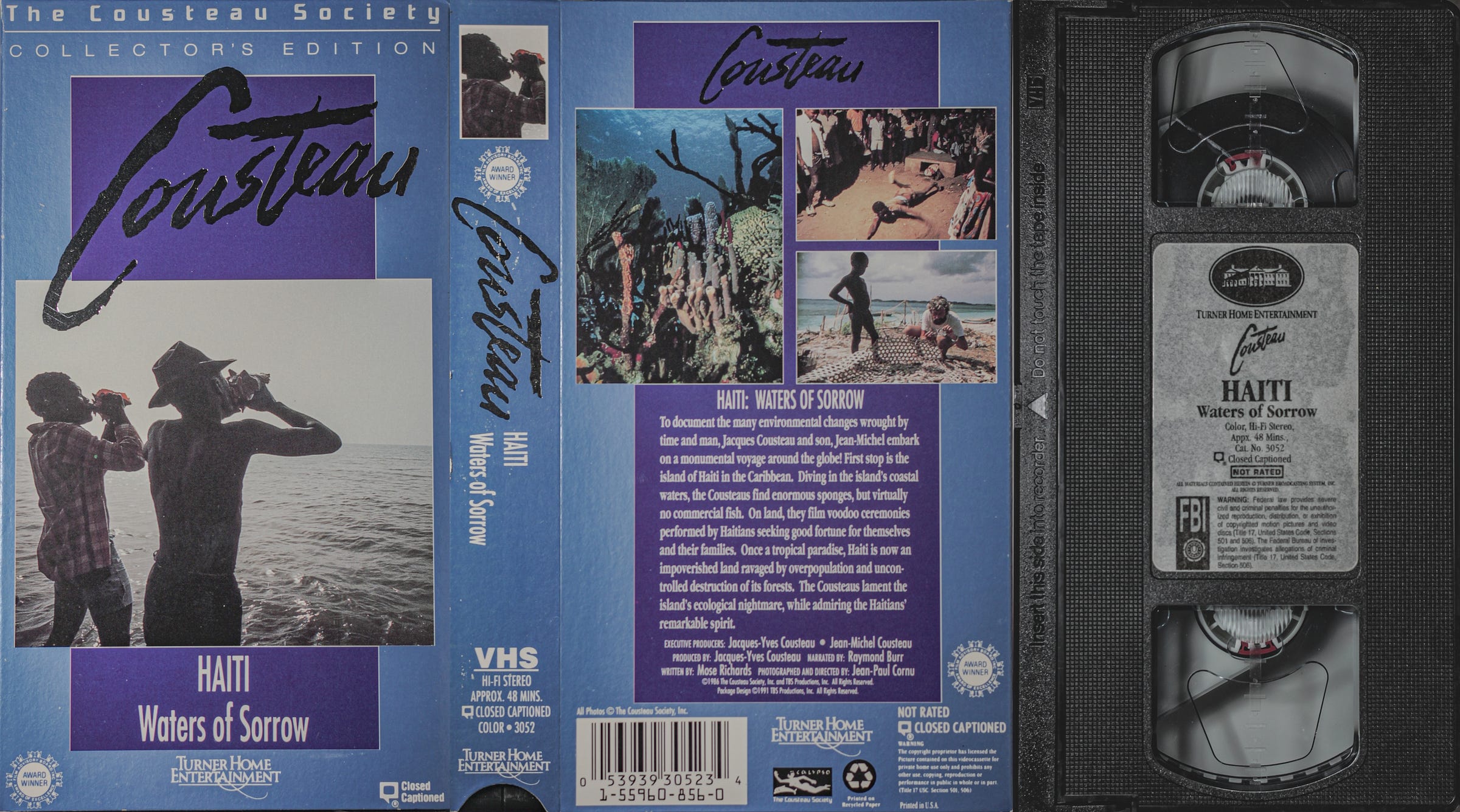



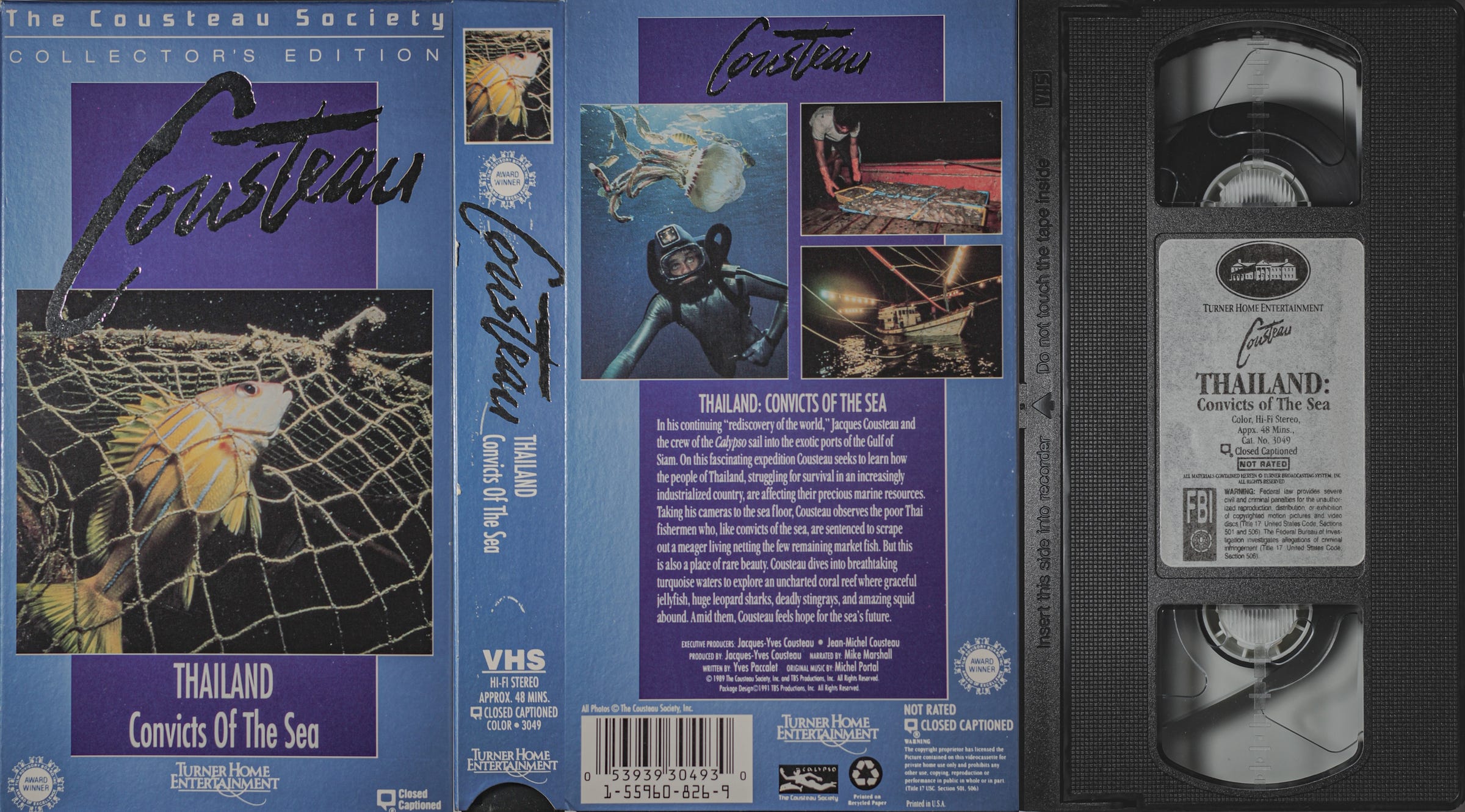

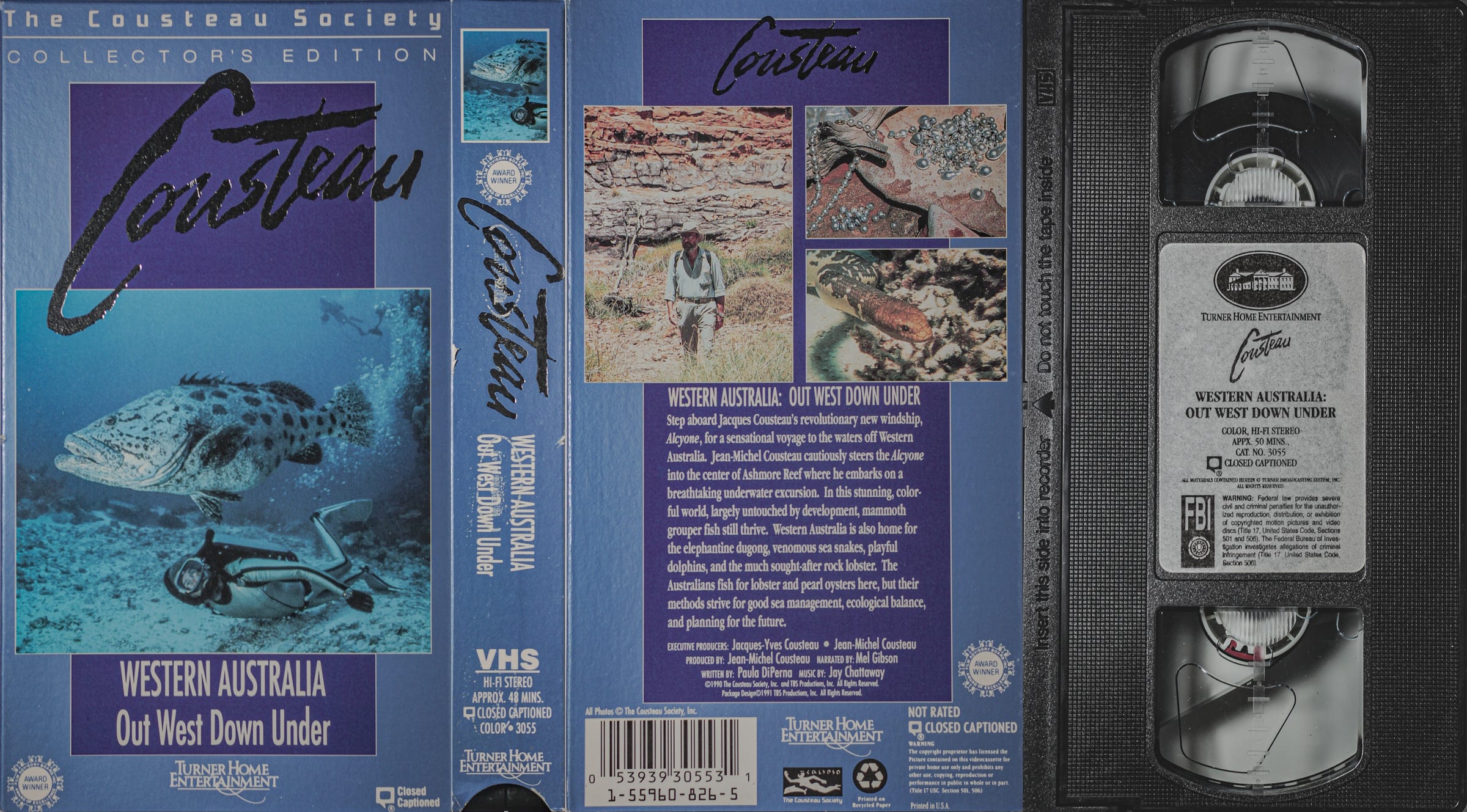

incredible